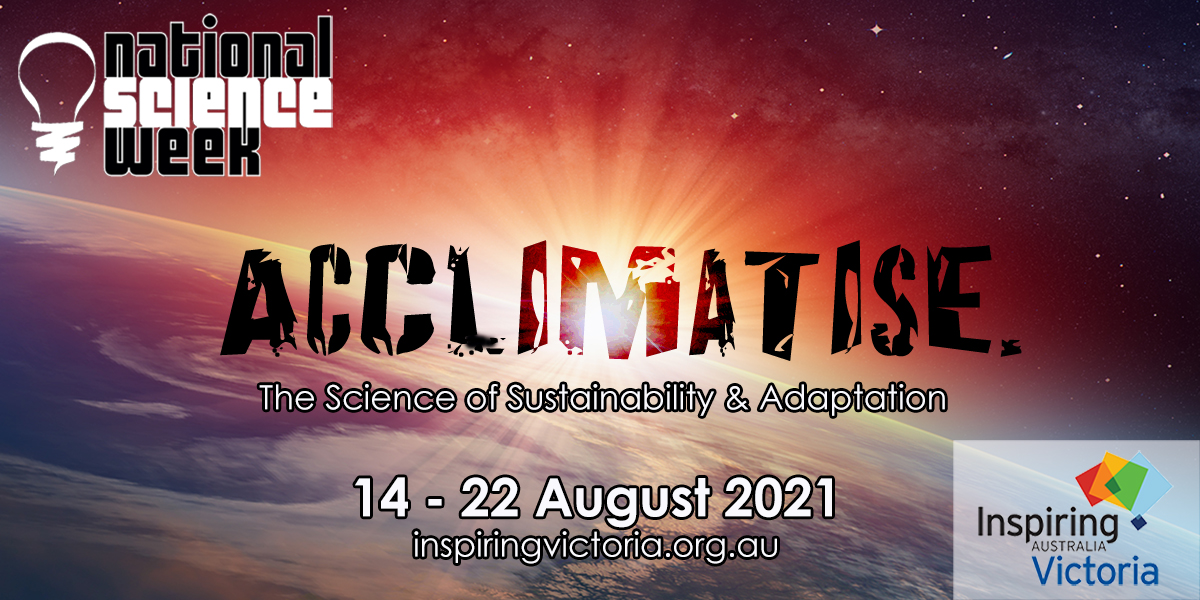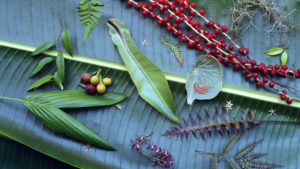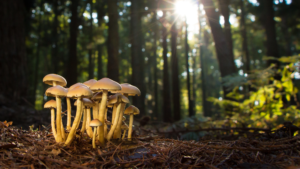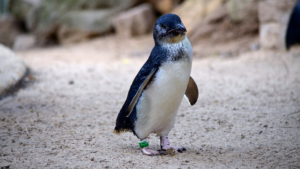ACCLIMATISE – finding ways to adapt to the changing climate

How do we fire-proof our forests? How do we protect endangered species? How do we build our collective future?

Droughts and bushfires are becoming more common. Around one million native species are on the brink of extinction. As Australia is confronted with the existential threat of a warming, drying climate system, we need to consider how we will acclimatise.
ACCLIMATISE is a curated suite of National Science Week events exploring the challenges of Earth’s complex climate and the search for creative, innovative solutions. Learn about insights into sustainability and adaptation from experts at renowned institutions, take part in community discussions, or be a citizen scientist and aid a local sustainability project.
We encourage you to think about how you can look after Country. First Nations people have long lived in balance with nature, having been custodians of this land for over 65,000 years. They are also the first scientists of this land in their endeavour to understand the earth, sky and waters. ACCLIMATISE includes several yarns with First Nations people who will share Indigenous knowledge of land management, food and agriculture.

Australia has embraced flavours and cuisines from around the globe, but what about the flavours of our local landscape? River mint, wattle seed, lemon myrtle, bush tomato – these are rarely seen in grocery stores. Bushfood grows naturally on this land and is capable of surviving the tough Australian climate without the same resources and care needed for introduced crops. Inspiring Victoria and Inspiring the ACT are bringing together a panel of speakers to deliver a webinar on Indigenous agriculture and getting Australian native foods to market.
Explore climate change from First Peoples’ and researchers’ perspectives. Museums Victoria invites you to join a conversation with scientists and Indigenous youth at the forefront of climate action and leadership. They will touch on the complexity and beauty of Earth’s climate, how it is changing, and hopeful messages as we move into an uncertain climate future. The Royal Botanic Gardens Victoria also welcomes you to celebrate Country and become versed in Indigenous land management and culturally important species on a First Nations Climate Change Justice Walk.
 The Royal Botanic Gardens is also diving into the future of fungi. There are several million species of fungi on the planet, offering a plethora of uses. We are familiar with mushrooms, baker’s yeast, moulds in food (whether it’s in cheese or food that is too old to consume). But there is much more to the fungal world than meets the eye. Some form invisible yet vital relationships with plants to support the “wood wide web”, some are recyclers that break down organic matter and return nutrients to the soil, some are the source of medicines such as antibiotics, and some are used as biomaterials to replace plastics. Discover the role of fungi in ecosystems and how they will fare in future climates.
The Royal Botanic Gardens is also diving into the future of fungi. There are several million species of fungi on the planet, offering a plethora of uses. We are familiar with mushrooms, baker’s yeast, moulds in food (whether it’s in cheese or food that is too old to consume). But there is much more to the fungal world than meets the eye. Some form invisible yet vital relationships with plants to support the “wood wide web”, some are recyclers that break down organic matter and return nutrients to the soil, some are the source of medicines such as antibiotics, and some are used as biomaterials to replace plastics. Discover the role of fungi in ecosystems and how they will fare in future climates.
 In a beautiful, emotional combination of art and science, Climate Notes is a multimedia installation that invites you to explore and communicate how you feel about climate change through music, letter writing and video. The work features new compositions by violinist Anna McMichael and contemporary percussionist Louise Devenish. It builds on collections of handwritten letters by leading science researchers from all over the world – and you.
In a beautiful, emotional combination of art and science, Climate Notes is a multimedia installation that invites you to explore and communicate how you feel about climate change through music, letter writing and video. The work features new compositions by violinist Anna McMichael and contemporary percussionist Louise Devenish. It builds on collections of handwritten letters by leading science researchers from all over the world – and you.
Along with your letter, you might like to create a climate pledge. Museums Victoria invites families to unpack the science that explains why our climate is changing and what this means for humans and our natural environments, and to create a pledge of actions to help us all have a thriving future.
 With one million species on the brink of extinction, hear about Victorian conservation efforts. From bushfires to climate change, find out how they are working together with partners to tackle the many challenges that come with wildlife conservation. The Baw Baw Frog now has an estimated wild population of less than 500. Zoos Victoria presents a panel of experts working in the field in a race against the clock to prevent the extinction of local frog species in the Central Highlands of Victoria. And how are Australian fur seals and penguins adapting to warming and acidified waters? At 32,000 penguins, the colony at Phillip Island Nature Parks is one of the largest in the world, and marine scientists will discuss their efforts to keep it that way.
With one million species on the brink of extinction, hear about Victorian conservation efforts. From bushfires to climate change, find out how they are working together with partners to tackle the many challenges that come with wildlife conservation. The Baw Baw Frog now has an estimated wild population of less than 500. Zoos Victoria presents a panel of experts working in the field in a race against the clock to prevent the extinction of local frog species in the Central Highlands of Victoria. And how are Australian fur seals and penguins adapting to warming and acidified waters? At 32,000 penguins, the colony at Phillip Island Nature Parks is one of the largest in the world, and marine scientists will discuss their efforts to keep it that way.
 Natural history illustrations have helped communities worldwide to document biodiversity, track changes in our environment and keep records of species that may go extinct. Before photos, we relied on illustrations to show us what plants and animals look like. Join State Library of Victoria for chat with field experts about the history of documenting nature through illustration.
Natural history illustrations have helped communities worldwide to document biodiversity, track changes in our environment and keep records of species that may go extinct. Before photos, we relied on illustrations to show us what plants and animals look like. Join State Library of Victoria for chat with field experts about the history of documenting nature through illustration.
Public Libraries Victoria is also blending arts and science with a focus on storytelling. They aim to raise awareness of Australian fiction and creative non‐fiction that tackles the big scientific issues of the day – including climate change, mass extinctions and pandemics. A enviable line-up of authors will discuss strategies for using stories to stimulate conversations within our communities.
National Science Week will then close with the ACCLIMATISE special event, Collecting insights: environmental adaptation in Victoria at Parliament of Victoria. When you visit Melbourne Museum or Melbourne Zoo or the Royal Botanical Gardens, it is a fun day out, yet many don’t realise that, behind the scenes, they are also important hubs of environmental research. Ending a four-part series of discussions hosted by Parliament of Victoria, this panel dives into future environmental adaptation and biodiversity, highlighting the collections and research of our best-loved public science engagement institutions.
Be part of the change as we ACCLIMATISE. Explore the physics of the weather, First Nations peoples’ knowledge of Country, conservation efforts to slow the threat of plant and animal extinction, and the impacts of bushfire, drought and sea level rise in our state and beyond.
